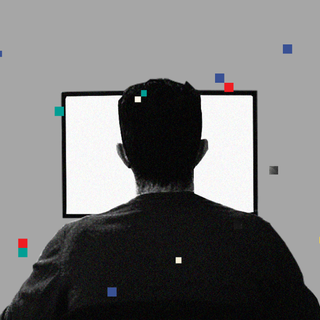A new study published on Thursday in Science provides insights into how the brain prioritizes sensory signals from the hands to facilitate movement and coordination. In doing so, it doesn’t pay much attention to many of the other touch signals we experience at any given point. In other words, the study shows how the brain filters out various sensory inputs that “distract” us to only focus on the ones required for coordination.
“Although dexterity relies on the constant transmission of sensory information, unchecked feedback can be disruptive… These findings identify a circuit basis for tactile feedback modulation that enables the effective execution of dexterous movement,” the paper stated.
An example from an earlier experiment may make this easier to understand. When participants allowed researchers to numb their hands, they found it extraordinarily difficult to light a match. Dexterous hand movements, in other words, require many other touch signals to be filtered out so that the brain only focuses on the ones necessary for performing the particular action or movement.
In the present study, researchers from the Salk Institute found that mammals have a specific area in their brains that can perform this filtering function. The results of the study have significant implications in terms of understanding how the brain interprets sensory information.
“There’s a common misconception that the brain sends a signal, and you perform the resulting movement… But in reality, the brain is constantly incorporating feedback information about the state of your limbs and fingers and adjusting its output in response,” said Eiman Azim from Salk’s Molecular Neurobiology Laboratory and one of the study’s authors.
Related on The Swaddle:
We’re All Touch‑Deprived Under Lockdown. It Can Affect Our Self‑Perception.
If the brain were to focus on all sensory information, it would be overwhelmed quickly. Scientists studied mice neurons to understand how the brain chooses which signals to take into account while coordinating movements.
They knew for some time that a particular area in the brainstem — called the cuneate nucleus — receives sensory information. But when the team manipulated this region to change the tactile feedback coming in, it found that they could manipulate mice into performing tasks like pulling ropes and differentiating textures to earn rewards.
“The cuneate nucleus is often referred to as a relay station as if the information was just passing through it… But it turns out that sensory information is being modulated in this structure,” James Conner, first author of the paper, told Science Daily.
The implications are significant. The world of prosthetics still suffers from a gap in enabling dexterous hand movements for users. The present study could help change that by allowing a better design to process sensory information from artificial fingers more efficiently.
“These findings have implications not only for gaining a better understanding of how our nervous system interacts with the world but also…how to more effectively repair neural circuitry after disease or injury,” Azim said.
It also helps better understand sensory processing disorders, especially as we keep encountering newer sensory stimuli in our world.
“It’s not just tactile feedback, but visual and olfactory and auditory, temperature and pain — the lessons we’re learning about this circuitry likely apply in general ways to how the brain modulates these types of feedback as well,” Azim added.




